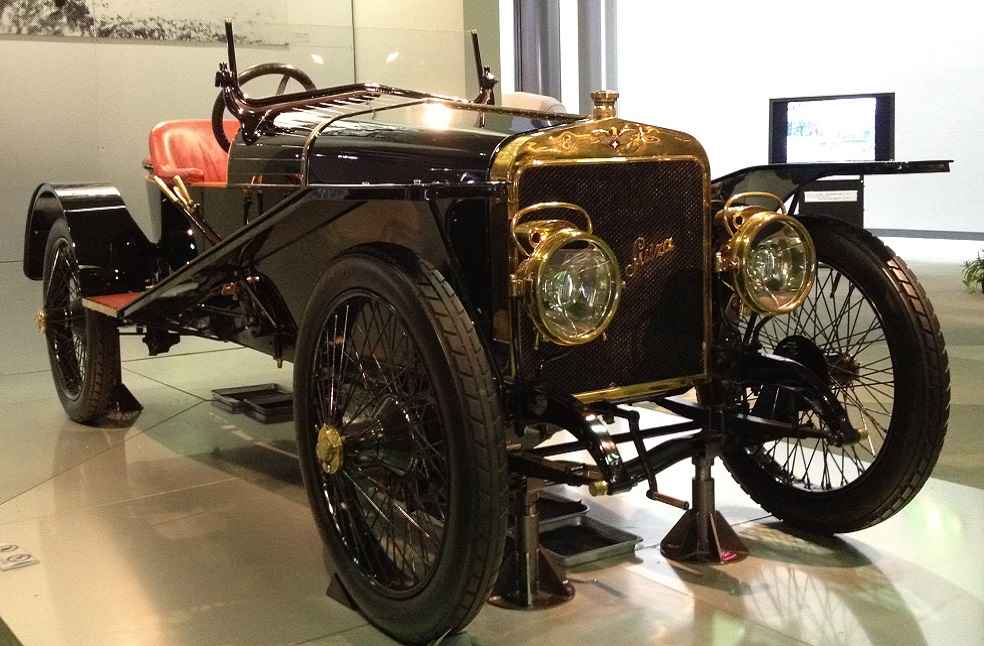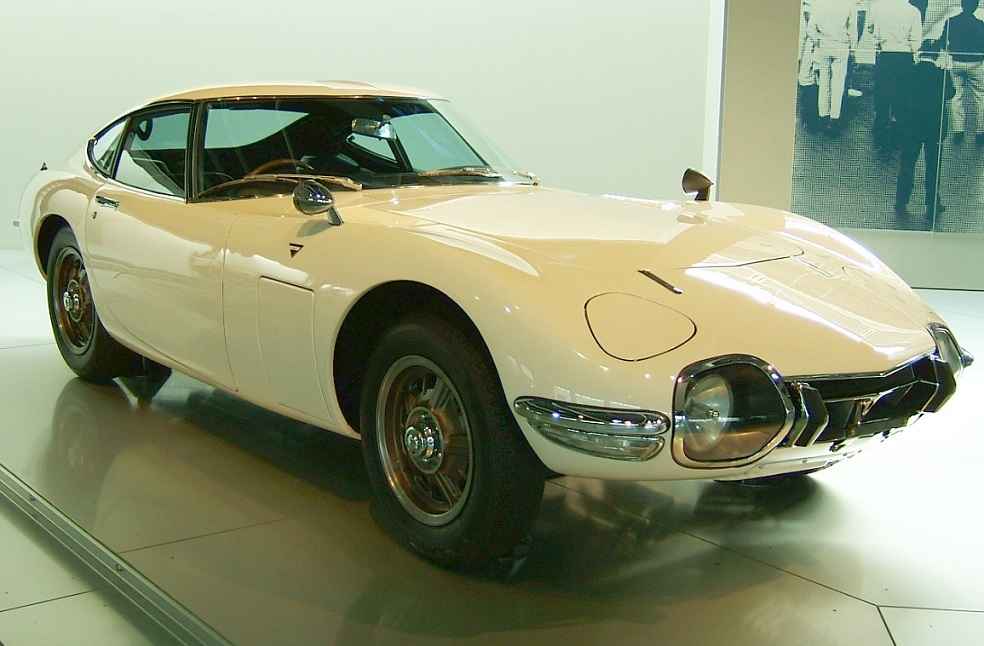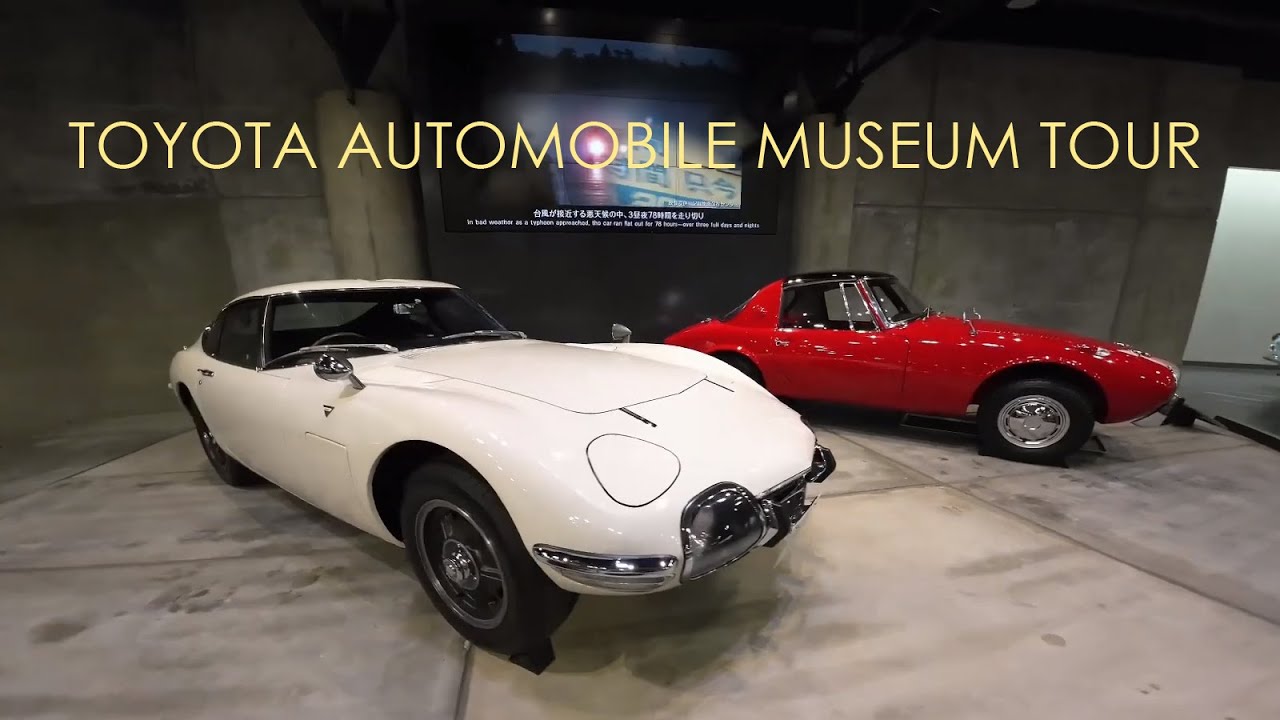Since its establishment in April 1989, the Toyota Automobile Museum in Nagakute, Aichi, Japan, celebrates its 35th anniversary with an impressive 4.4-star rating. This prestigious rating underlines the museum’s cherished standing among car aficionados and the broader public. Over the decades, it has flourished as a repository of automotive history and innovation, reflecting Toyota’s enduring legacy and pioneering ethos.
The spacious museum facilitates a captivating journey through the intricate realm of automobiles, boasting a diverse array of over 160 vehicles. The exhibits traverse the entire gamut of automotive history up to the contemporary era, showcasing not just Toyota’s extensive heritage but also the worldwide evolution of the automotive sector.
Visitors can journey through automotive epochs, starting with late 19th-century vehicles like the 1894 Benz Velo, 1898 De Dion-Bouton, and Panhard et Levassor, extending to the modern marvel, the 1997 Toyota Prius. This ensemble of 160+ assorted vehicles narrates a story of relentless innovation, depicting the challenges overcome to shape today’s automotive panorama.
The narrative of automobile evolution began in 1672 with the creation of the first steam-powered vehicle, leading to Nicolas-Joseph Cugnot’s steam-driven car for human transport in 1769. With the advent of the 19th century, pioneers developed early internal combustion engines and electric motors. Despite setbacks in the mid-19th century, progress in combustion engine technology persisted, eventually adopting gasoline as fuel. The modern automobile epoch dawned in 1886 with Carl Benz’s gasoline-powered car, culminating in the mass production epitomized by the Ford Model T in 1908.

A notable chapter in automotive history is the Benz Patent Motor Car, marking the onset of automotive engineering in 1886 when Karl Benz sought a patent for his “gas engine-powered vehicle.” This seminal invention, regarded as the genesis of automotive engineering, ushered in contemporary automotive design and technology, heralding the emergence of an industry that would profoundly impact the world. Regrettably, this vehicle is absent from the museum’s collection.
Distinct from its US counterpart, the Toyota Automobile Museum in Nagakute broadens its scope beyond Toyota to include a variety of international automobiles and makers. Among its esteemed exhibits is a 1922 Grand Prix Sunbeam, embodying a slice of automotive history. The museum also houses notable brands like Mercedes-Benz, Audi, Renault, Ferrari, and Cadillac, encapsulating the global trajectory of automotive evolution.

Special accolades go to the first-generation Toyota Crown and the 1957 Land Cruiser FJ25L, the latter contrasting starkly with its modern 2024 version slated for a debut in America next year.
Moreover, the museum celebrates other Japanese automotive icons including the Honda S500, earlier versions of the Nissan Z, and the legendary R32 Skyline GT-R, embracing the broader spectrum of Japan’s automotive heritage.
The Toyota Automobile Museum stands as a vivid narrative enriched with innovations, challenges, and victories, serving as an epitome of significant advancements in the automotive realm. As it ventures into its 35th year, the museum continues to harmonize history with modernity.

Propelling the industry forward towards automotive excellence, this museum exemplifies Toyota’s unrelenting quest to offer the very best. It’s a must-visit for every vehicle enthusiast, historian, and traveler. Indeed, those heading to Japan should not miss the opportunity to visit this museum. The time and money invested for this experience will undoubtedly prove worthwhile, a realization that will dawn upon anyone upon arrival. So, gear up for the journey.
TRENDING | Genesis Celebrates 1M Global Sales; Targets Electric Future and Expansion






